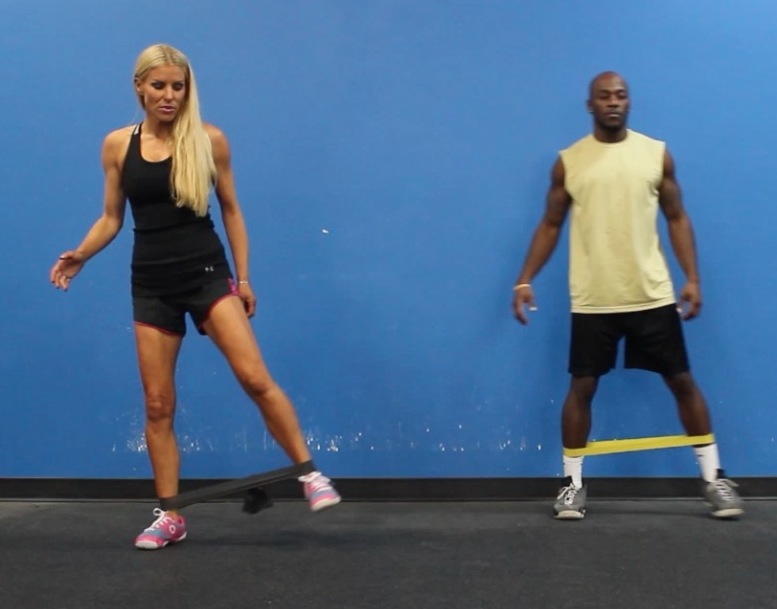Muscle soreness is a familiar part of strength training, but it’s important to understand what it means for your body. While some discomfort is expected after a tough workout, knowing how to manage soreness and distinguish it from injury is key to building strength safely and effectively.
Get Comfortable with Your Equipment
Before starting any workout, it’s essential to understand the equipment you’ll be using. Misusing machines or weights can lead to injury, so take the time to do some research. Learn how each piece of equipment functions and determine what weight levels are appropriate for your current strength. Start light and gradually increase your resistance over time.
When purchasing weights, you’ll find a variety of options, including adjustable dumbbells and traditional sets. Consider what best fits your needs and space. Reading reviews on sites like http://dabestreview.com/top-10-best-adjustable-dumbbells/ can help you make an informed decision. Asking friends or trainers for recommendations can also be useful in choosing the right equipment.
Understanding Muscle Soreness
Muscle soreness often follows a tough workout, but it’s not a requirement for building strength. During intense strength training, muscles experience tiny tears, which repair and grow stronger over time. This process can cause soreness, but it should never limit your mobility.
If you experience discomfort, there are several ways to ease it, including stretching, massage therapy, warm baths, or using a hemp-based pain relief cream. However, it’s important to distinguish between normal soreness and an actual injury. Soreness tends to appear after a workout and fades within a few days. Pain during exercise could indicate improper form or excessive weight—if this happens, adjust immediately to prevent injury.
Train Smart for Maximum Benefits
Strength training has countless benefits, from increased muscle tone and improved posture to stronger bones and a higher metabolism. However, achieving these benefits requires smart training. Proper form, gradual progression, and consistency are key to avoiding injuries and seeing results.
Start slow, listen to your body, and focus on steady improvement. Strength training isn’t just about lifting heavier weights—it’s about building resilience, confidence, and a healthier body over time.






